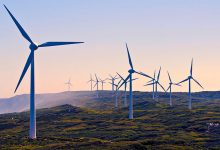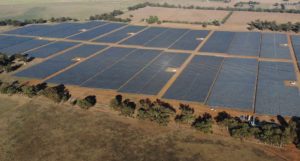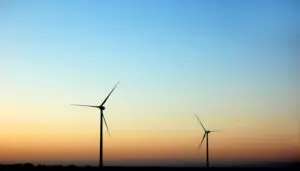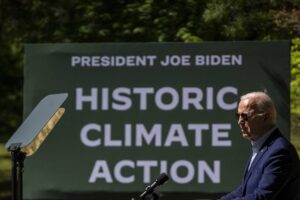TPG Telecom, Australia’s third largest telco provider and owner of Vodafone Australia, says it will source all of its electricity from renewable sources by 2025, following a similar plan announced by Telstra last year.
It comes a day after American streaming giant Netflix declared it would be “net zero” by 2022, largely through a major carbon offset purchasing plan.
TPG owns a nationwide network of mobile towers, underground fibre infrastructure, data centres and exchanges, all of which are powered by electricity. Under the new plan, the company will enter power purchase agreements that cover the equivalent of 100 per cent of the electricity used to power all its infrastructure and properties. The PPAs will be in force by 2025.
They won’t cover everything TPG offers. The company is Australia’s second biggest retailer of NBN home broadband products, so the electricity used by the NBN won’t be included. But anything it actually owns will be. TPG declined to reveal details of its electricity usage.
Last year Telstra announced it had been granted government-certified “carbon neutral” status, achieved through a mixture of power purchase agreements and the biggest carbon offset buying spree in Australian corporate history.
The offset scheme was impressive in scope, extending beyond just the emissions from Telstra’s direct operations and electricity use, to some “scope 3” emissions such as those embedded in the steel used to build its mobile towers. Its offsets are mainly from renewable energy projects in India, but also include indigenous-run savannah burning programs in northern Australia.
TPG is following a different route, focusing on renewable energy PPAs rather than carbon offsets. There was no mention of “scope 3” emissions or carbon neutrality in the announcement. However, late last year TPG launched a budget brand, Felix, which it said would be “carbon neutral” through the purchase of offsets.
TPG merged with Vodafone Australia in the middle of last year, and the swiftness with which the new management team has followed Telstra’s lead is striking. It means of Australia’s three mobile network operators, Optus remains the outlier in its lack of ambitious renewable energy or carbon offsetting targets.
Netflix, meanwhile, says it will achieve “net zero greenhouse gas emissions” by 2022, through a mixture of absolute emissions reductions and offsets purchases. The net zero target includes a plan to reduce absolute scope 1 and 2 emissions by 45 per cent by 2030, a target it says is in line with the goal of limiting global warming to 1.5 degrees by the end of the century. The plan covers annual emissions of 1.1 million tonnes of CO2-eq.
Exactly what the offsets will cover is not entirely clear. At one point in the announcement Netflix says they will include scope 3 emissions. Scope 3 includes the emissions produced in its supply chain, both upstream and downstream.
However, later in the announcement it says the plan does not count emissions from the telecommunications companies – like TPG and Telstra – that transmit Netflix’s product. This is a big omission, as Netflix accounts for an extraordinarily large percentage of total global internet traffic – more than 12 per cent in 2019. All that takes electricity to transmit, and most of that is not counted in Netflix’s plan.
Initially, Netflix’s carbon offsetting program will focus on “conserving at-risk natural areas like tropical forests”. But it will later include active carbon sequestration such as “restoring grasslands, mangroves, and healthy soils, [and] capture and store carbon”. It follows Microsoft’s emphasis on positive drawdown technologies – though is not yet as ambitious as Microsoft, which has said plans to be carbon negative, and is aiming at some of the more out-there technologies such direct capture of carbon dioxide from the air.










